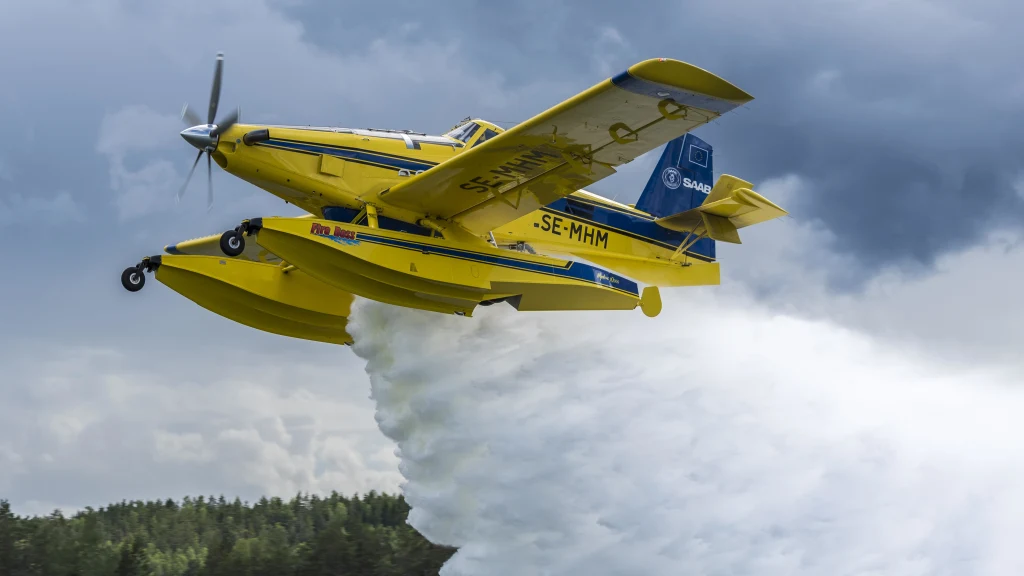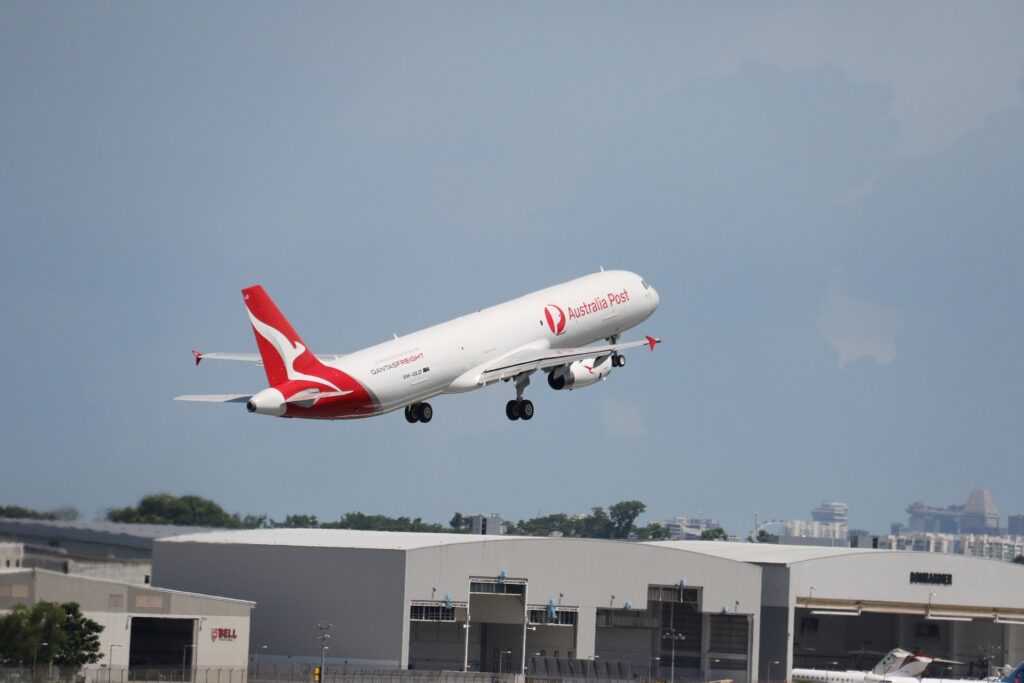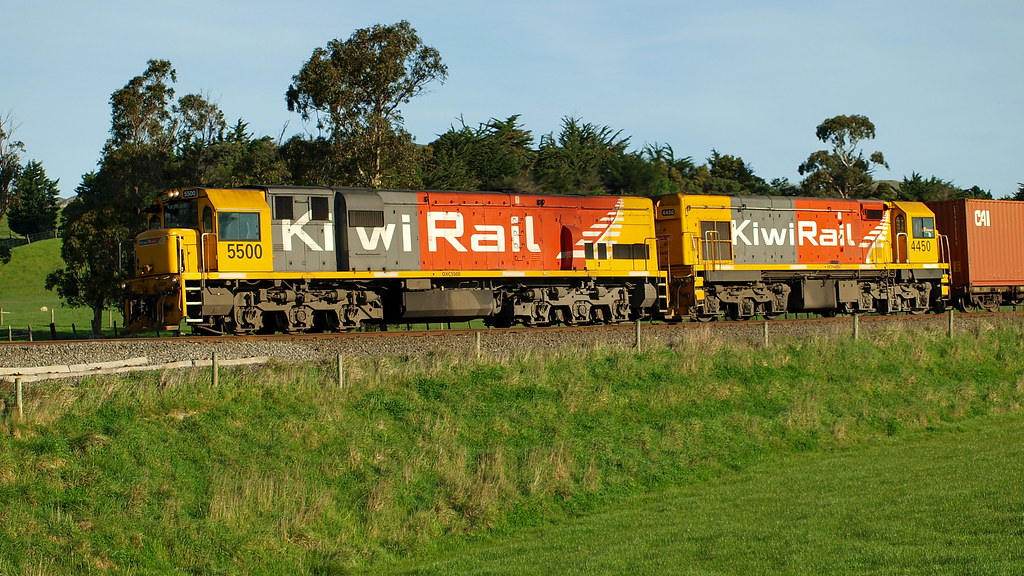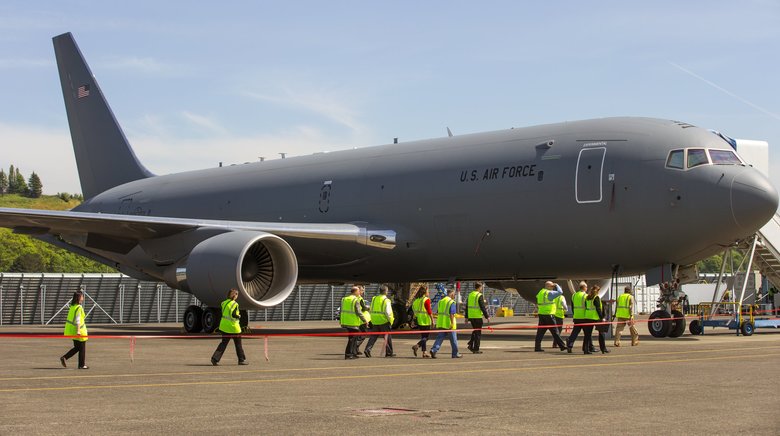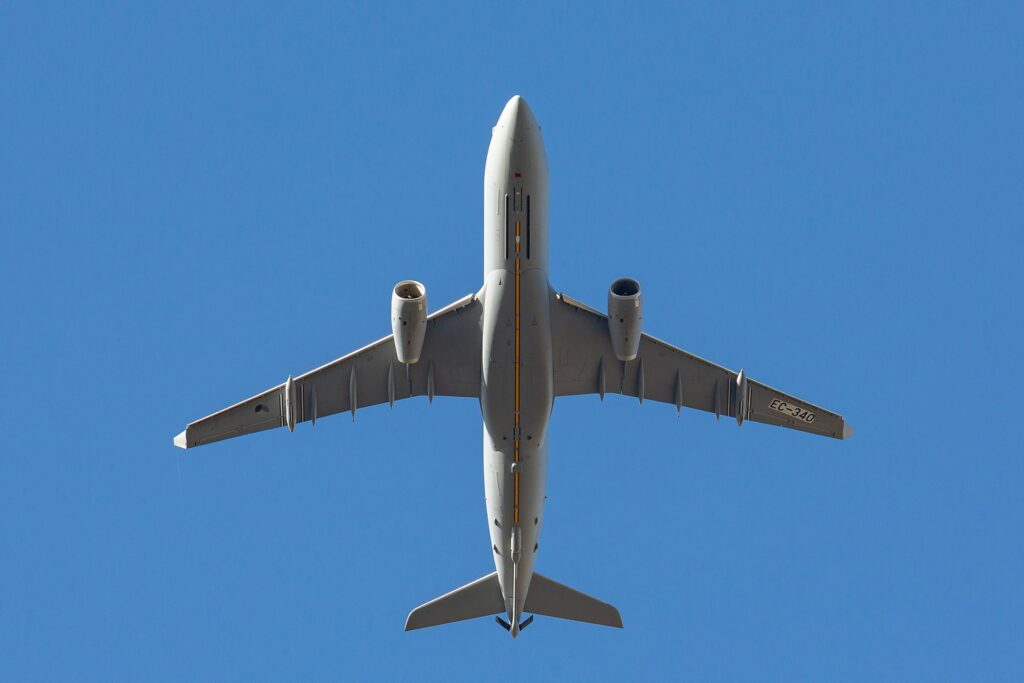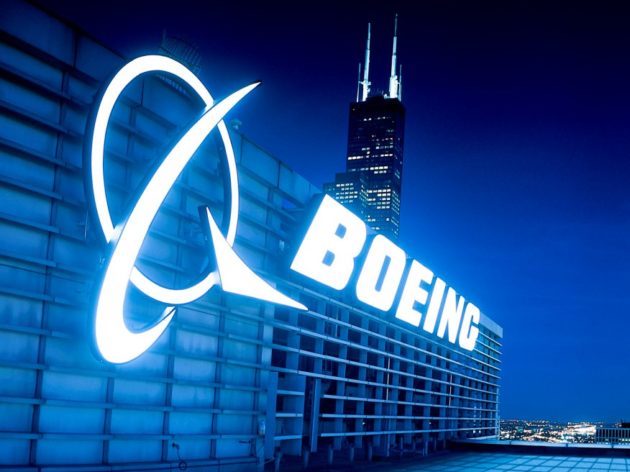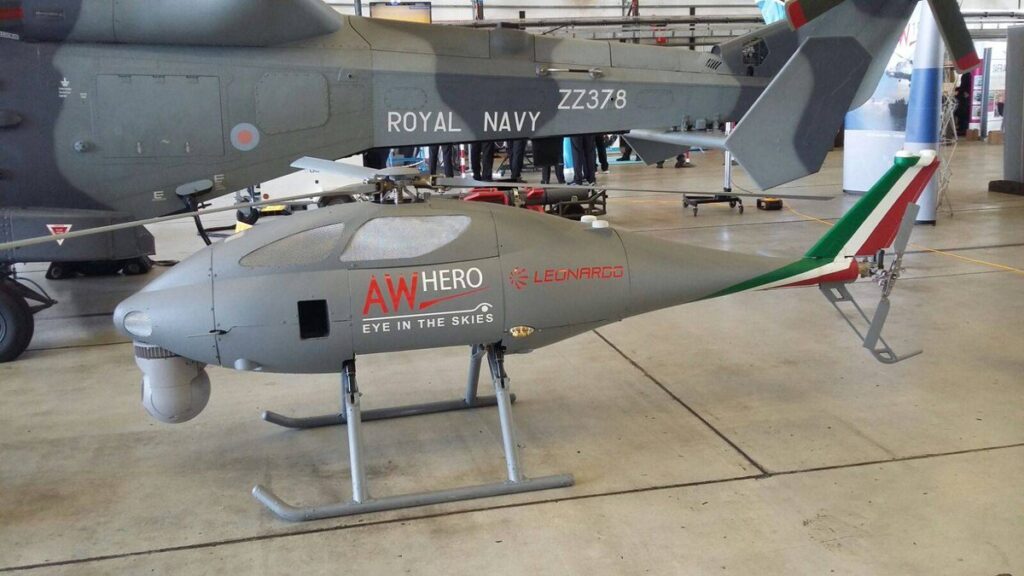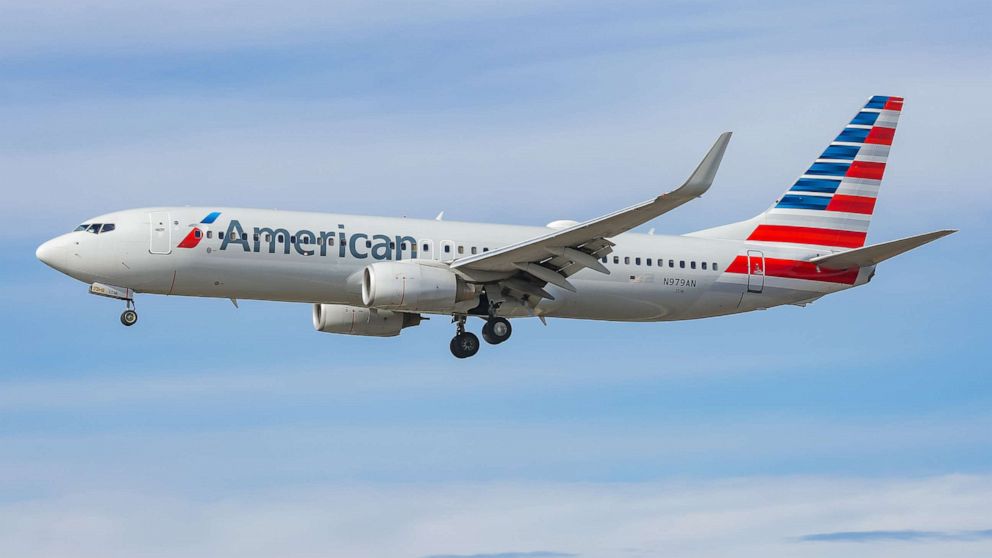Saab Receives Order for Two Additional Firefighting Aircraft
The Swedish Civil Contingencies Agency (MSB) has exercised an option in their contract with Saab regarding aerial firefighting capability in Sweden. Saab will provide two additional aircraft with associated crew. The order from March 2020…
